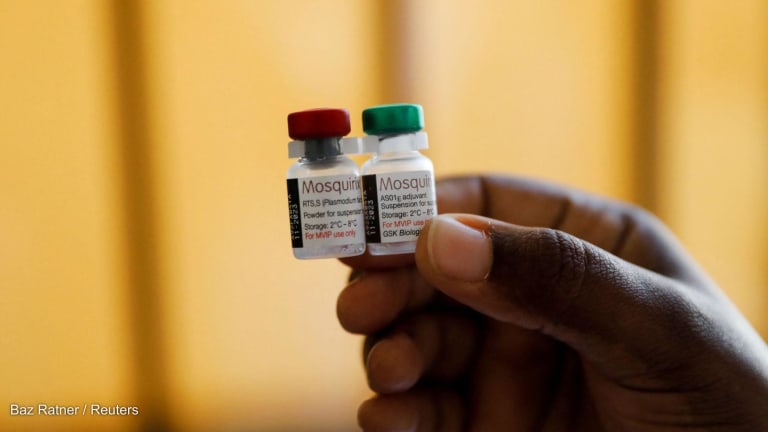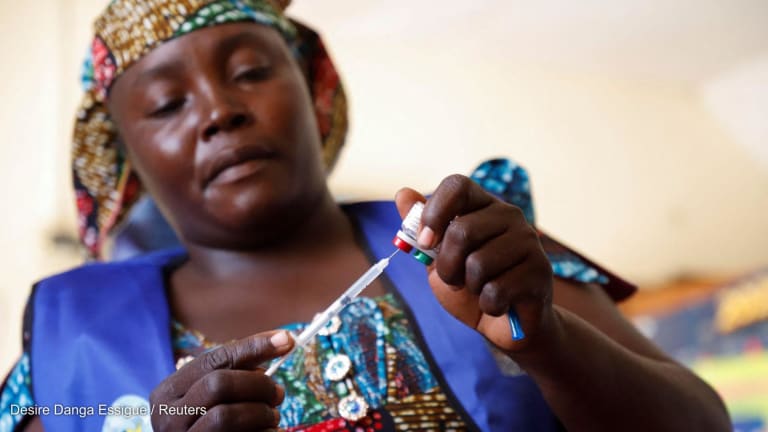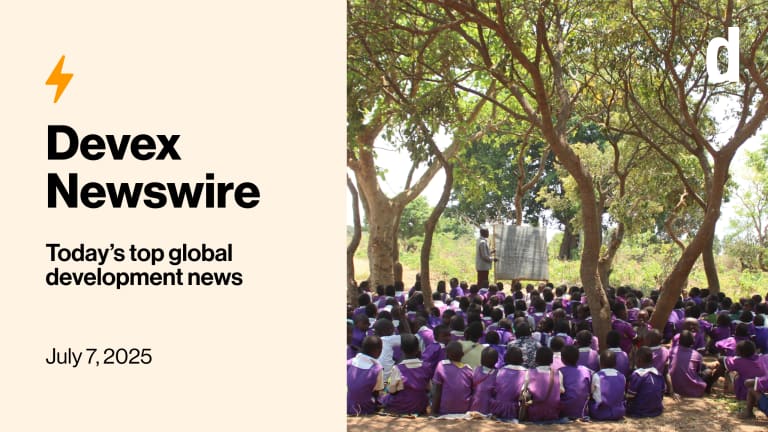Malaria, a preventable disease, continues to claim countless lives, particularly in Africa. New hope arrived with the development of two vaccines, yet rollout so far has been limited — and over 1,000 children continue to die of malaria each day in Africa. The public record reveals an enormous gap between producible doses and planned doses, while we are left without an explanation from international institutions on this gap.
Sub-Saharan Africa remains plagued by a disease eliminated in many parts of the world. This is in part due to geography and climate that make mosquito control more difficult, but also due to inadequate resources to effectively combat the breeding of the malaria-spreading mosquitoes — in other words, because of poverty and underinvestment, one of the many legacies of colonialism.
There may be a subtle temptation in the West to see these deaths as a sad but natural consequence of the current African condition. But the fact that millions of African children have died of malaria and that the continent has faced malaria for millennia should not be construed as a sign that the status quo is “natural” or “normal.”





